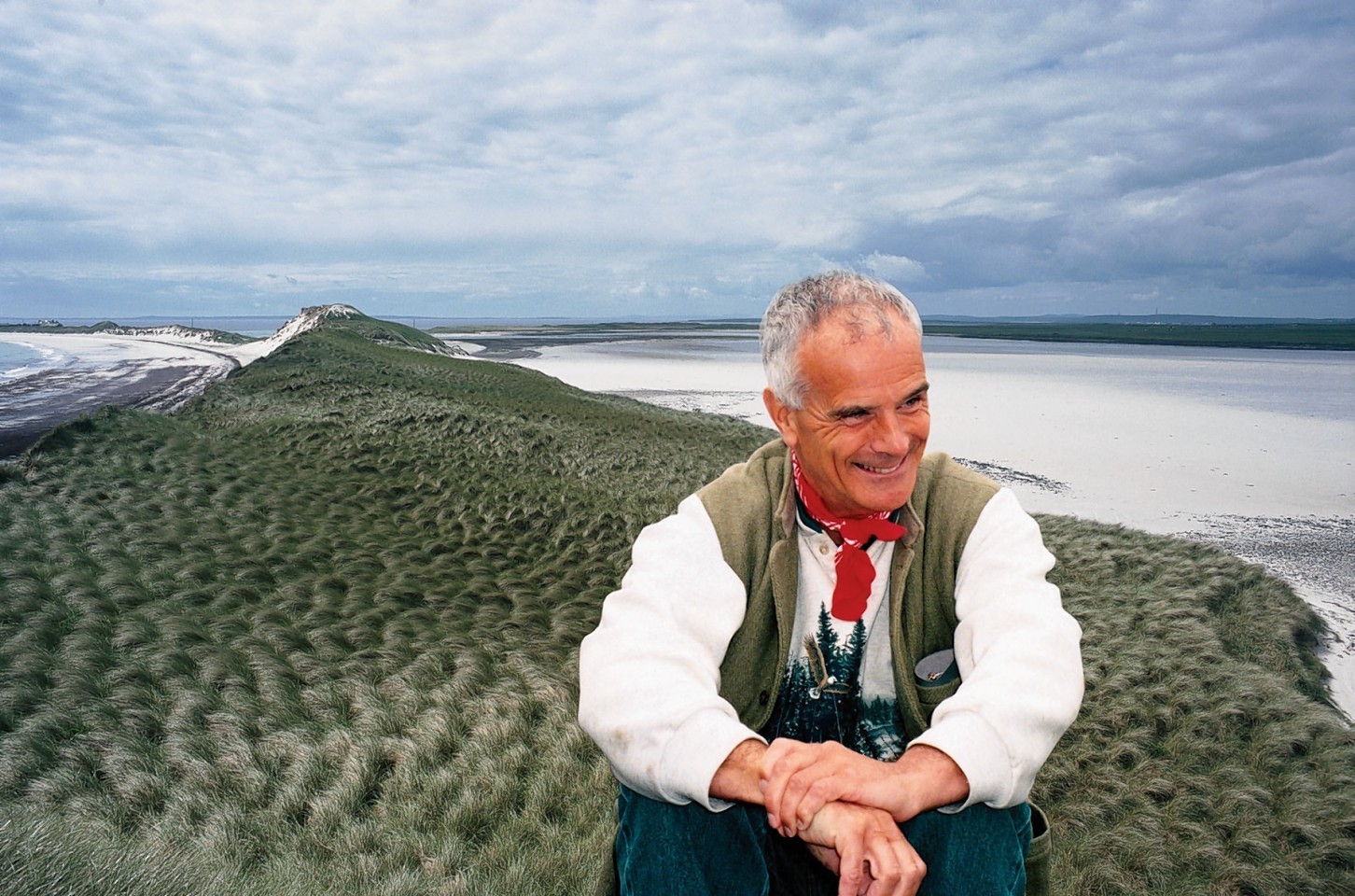The Queen said farewell to the Orkney-based royal composer yesterday – as the new Master of the Queen’s Music began the unusual role.
Sir Peter Maxwell Davies has retired after ten years in the post, which is the musical equivalent of the Poet Laureate.
The world renowned composer and conductor wrote a Christmas carol for the Queen each year – and his compositions also featured during the Duke and Duchess of Cambridge’s wedding.
Composer Judith Weir, the first women to hold the post, was officially welcomed to the position at Buckingham Palace yesterday.
The Queen held an audience with Ms Weir and also used the opportunity to thank Sir Peter.
Prince William and Kate Middleton chose to include Farewell to Stromness by Sir Peter in their wedding service because it featured in Charles and Camilla’s 2005 blessing.
Sir Peter, who lives on the Orkney island of Sanday, wrote Farewell to Stromness in 1980 as a piano composition for The Yellow Cake Revue – a protest against plans to mine uranium ore in Orkney.
It was chosen, along with his Veni Creator Spiritus, and was played by the London Chamber Orchestra as members of the Royal Family and other VIPs took their seats.
Speaking earlier this year, he said he had tried to make the role of Master of the Queen’s Music “relevant to the contemporary world” – and was determined to focus attention on bringing classical music to young people during his retirement.
“Far too many young people have not even heard of Beethoven or Mozart let alone their music,” he added.
Since the reign of George V, the holder has had no fixed duties, although the Master can choose to produce compositions to mark royal or state occasions.
The post has a long history dating back to the Middle Ages and earlier when sovereigns employed a band of musicians as part of their households.
Records show that Edward IV had 13 minstrels, “whereof some be trumpets, some with shalmes and small pypes”.
Ms Weir, who has composed everything from grand operas to piano concertos said she hoped to encourage everyone involved in music.
